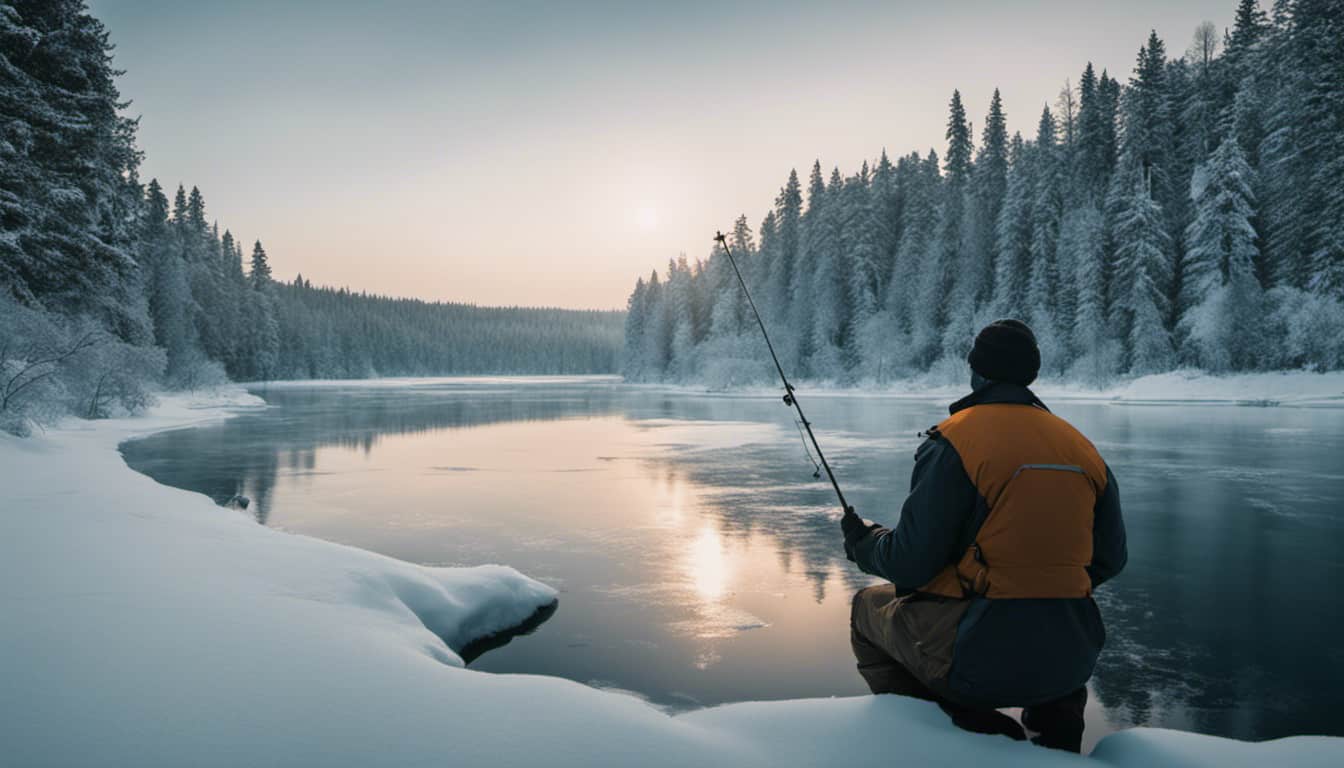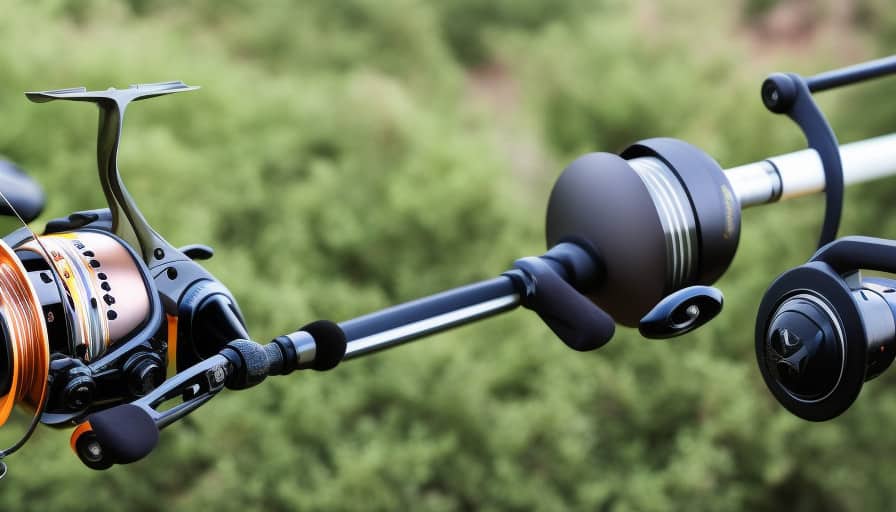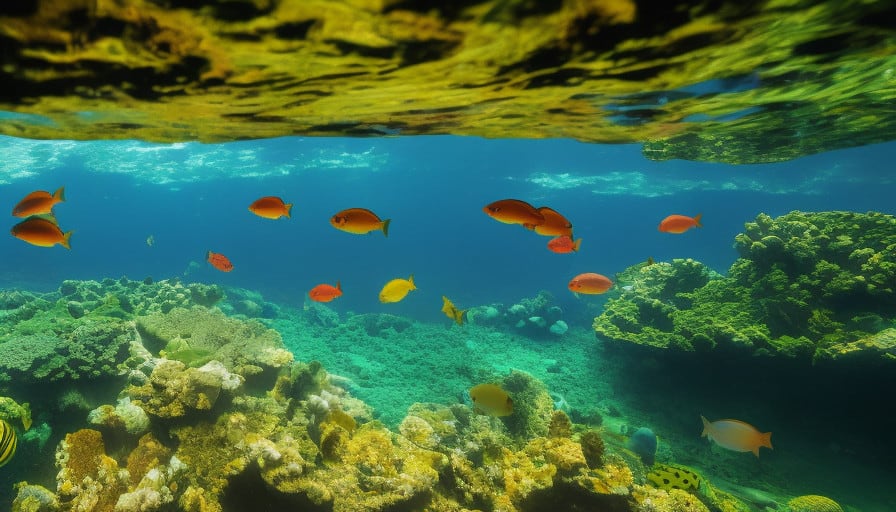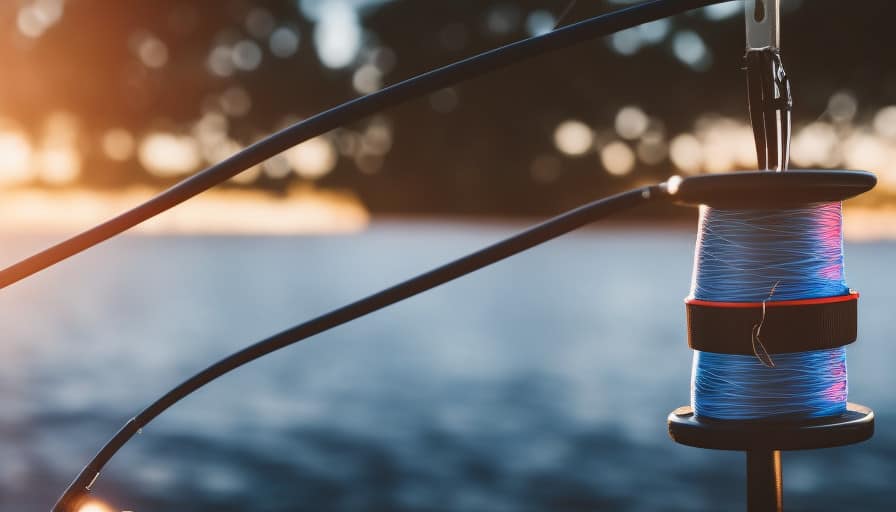Ice fishing for trout is a popular activity among anglers seeking to test their skills in sub-zero temperatures. According to recent data, approximately 10% of all fishing enthusiasts engage in ice fishing for trout annually.
This article aims to provide a comprehensive guide on the techniques, equipment, and safety measures required to successfully catch trout while ice fishing. By following the tips and strategies outlined herein, aspiring ice anglers can enhance their mastery in this challenging and rewarding pursuit.
Equipment and Gear
The equipment and gear used for ice fishing for trout plays a crucial role in the success of catching trout. When it comes to ice fishing rods, it is important to choose a rod that is specifically designed for ice fishing. These rods are typically shorter and stiffer than regular fishing rods, allowing for better control and sensitivity when ice fishing. Additionally, ice fishing rods are often equipped with special features such as spring bobbers or strike indicators, which help detect even the slightest nibbles from trout.
In addition to ice fishing rods, ice fishing shelters are also essential for a successful trout fishing expedition. Ice fishing shelters provide protection from the harsh winter elements and create a comfortable environment for anglers to fish in. There are various types of ice fishing shelters available, including portable shelters and permanent ice houses. Portable shelters are lightweight and easy to set up, making them a popular choice for anglers who like to move around and explore different fishing spots. On the other hand, permanent ice houses are more sturdy and can be left on the ice for an extended period of time.
Overall, investing in high-quality ice fishing rods and shelters is essential for successful trout ice fishing. These pieces of equipment not only enhance the angler’s experience but also increase the chances of catching trout.
Choosing the Right Location
Selecting an appropriate location is crucial when engaging in ice angling for trout. Understanding trout behavior and knowing the best time to ice fish for trout can greatly increase the chances of a successful catch. Here are some factors to consider when choosing the right location:
-
Water Depth:
-
Shallow Areas: Trout tend to spawn in shallow areas, so look for areas with a depth of around 5-10 feet.
-
Deep Areas: During the winter, trout often move to deeper areas where they can find suitable temperatures and oxygen levels.
-
Underwater Structures:
-
Drop-offs and Humps: These underwater structures provide shelter for trout and attract them. Look for areas with sudden changes in depth.
-
Weed Beds and Rocks: Trout often seek cover among weed beds and rocks, as they offer protection from predators and a source of food.
-
Currents and Inlets:
-
Currents: Trout are attracted to areas with a moderate current, as it brings fresh oxygen and food.
-
Inlets: Inlets can bring in warmer water and food, making them potential hotspots for trout activity.
Timing is also crucial when ice fishing for trout. The best time to catch trout is typically early morning or late afternoon when they are most active. Additionally, trout tend to be more active during overcast days or when there is a light snowfall. It is also important to consider the ice thickness and safety before venturing out.
Bait and Lure Selection
Bait and lure selection plays a crucial role in attracting trout during ice angling. Understanding trout feeding habits and seasonal variations in their behavior is key to selecting the most effective bait and lures for successful ice fishing.
Trout are opportunistic feeders and their feeding habits vary depending on the time of year and environmental conditions. In general, trout are more active and aggressive during colder months when their metabolism slows down, making them more willing to bite. During this time, using bait and lures that mimic natural prey such as small fish, insects, or crustaceans can be highly effective.
It is important to match the size and color of the bait and lures to the prevalent food sources in the water body being fished. Additionally, considering the depth at which the trout are likely to be feeding is important when selecting bait and lures. For example, in deeper water, using heavier lures or bait that can be fished at different depths can increase the chances of attracting trout.
Overall, understanding trout feeding habits and adapting bait and lure selection accordingly can greatly increase the chances of success in ice fishing for trout.
Ice Fishing Techniques
Understanding and implementing effective ice fishing techniques is crucial for increasing the chances of success in catching trout during this winter angling method. Trout behavior plays a significant role in determining the appropriate techniques to employ. Here are some key ice fishing techniques to consider:
- Location:
- Research and identify the best ice fishing spots for trout based on their preferred habitat. Look for areas with ample food sources, such as submerged structures, weed beds, or drop-offs.
- Use a fish finder or underwater camera to locate schools of trout and determine their depth.
Bait and Lure Presentation:
- Experiment with different bait and lure options to match the trout’s feeding preferences. This could include live bait like minnows or artificial lures such as jigs or spoons.
- Vary your presentation technique by jigging or using a dead-stick method to entice trout. Adjust your jigging speed, depth, and pauses to mimic the trout’s natural movements.
Ice Shelter and Equipment:
- Set up an ice shelter to protect yourself from the elements and increase your chances of catching trout by improving your stealth and reducing noise.
- Use appropriate ice fishing rods, reels, and lines designed for trout fishing. Opt for light to medium-light tackle for increased sensitivity and a better feel of the bite.
Safety Tips and Precautions
Implementing appropriate safety measures and precautions is crucial to ensure a safe and enjoyable ice fishing experience for anglers.
Ice fishing can be a thrilling and rewarding activity, but it also carries inherent risks due to the nature of being on frozen bodies of water.
One of the most important safety precautions to consider is checking the ice thickness before venturing onto it. Ice thickness should be at least 4 inches for walking, 5-7 inches for snowmobiles, and 8-12 inches for small vehicles. It is advisable to use an ice auger or ice chisel to measure the ice thickness at various points along the fishing route.
Additionally, anglers should always wear appropriate safety gear, such as a life jacket, insulated clothing, and non-slip boots. It is also crucial to bring along essential safety equipment, including ice picks, a throw rope, and a first aid kit.
Furthermore, it is recommended to fish in groups rather than alone and inform someone about the fishing plans, including the location and expected return time.
Conclusion
In conclusion, ice fishing for trout requires careful preparation, patience, and the right techniques.
By selecting the appropriate equipment and gear, choosing the right location, and using suitable bait and lures, anglers can increase their chances of success.
Additionally, following safety tips and precautions is crucial to ensure a safe and enjoyable ice fishing experience.
Remember, like a delicate dance on a frozen stage, mastering the art of ice fishing for trout is a rewarding endeavor that reveals nature’s beauty and tests our skills as anglers.




Leave a Reply